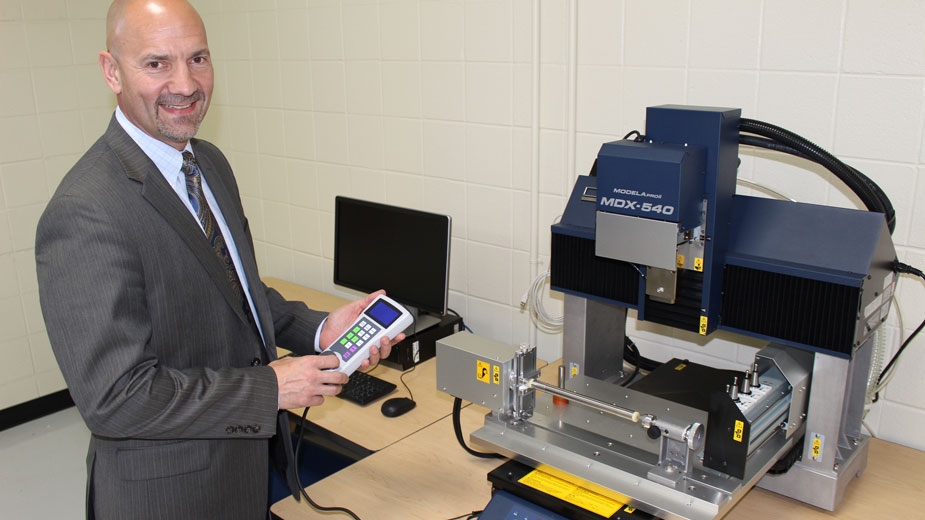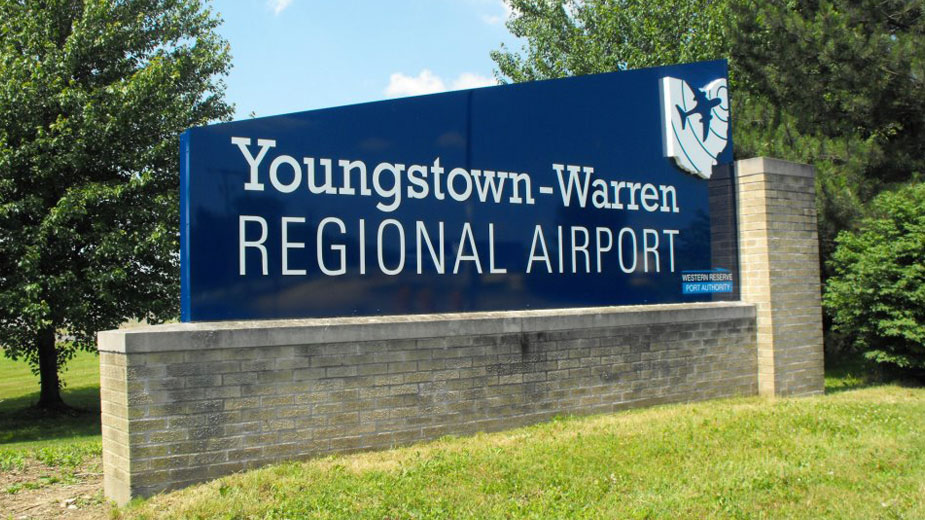STEM+ME2 to Focus on Problem-Based Learning
CANFIELD, Ohio – The Valley’s manufacturing sector will add another link in its supply chain of qualified workers when the Valley STEM+ME2 academy opens this fall at the Mahoning County Career and Technical Center.
The program is open to all freshman and sophomore high school students in Ohio and, says Ronald J. Iarussi, will take an innovative approach to teaching science, technology, engineering, and mathematics, or STEM, and manufacturing, energy and entrepreneurship, or ME2.
“Our goal is to help prepare a more highly-skilled, work-ready workforce,” says Iarussi, superintendent of the Mahoning County Educational Services Center and MCCTC.
“For a long time in this Valley, we have tried to figure out how we could support the community by exposing students to the jobs that are available,” he says, noting that efforts have been underway for several years to establish a STEM-designated academy.
An early advocate for such an academy is the Mahoning Valley Manufacturers Coalition.
“The topic of discussion from the manufacturers coalition was all of these jobs that are available,” Iarussi says, “and its concern there wouldn’t be enough candidates from this area to fill them.”
The program received STEM designation from the Ohio Legislature two years ago, but it still lacked a home and funding. MCCTC donated an old lab used for storage to serve as home to the academy.
It consists of a workspace designed to promote cooperation with interactive computer stations and tables with dry erase boards as their surfaces. It also has a large, open lab area for projects the students undertake.
In addition, MCCTC advanced the academy the funds it needed to get started. Once up and running, the academy will reimburse it.
“With renovations and everything, it’s probably close to $750,000,” Iarussi says.
He estimates about $400,000 of that sum went to buy equipment for the lab, among which are two desktop printers, a large-volume 3-D printer, a large full-color 3-D printer and a subtractive prototyping machine.
The director of the academy, Mara Banfield, says area schools will benefit as well.
“We want to make sure that we’re maximizing the use of this lab and we realize not everyone can afford to spend half a million dollars on equipment,” she says.
Once the program begins, Banfield says, the goal is to allow students from other schools of access to the equipment. The extent of that access hasn’t been defined.
But, she points out, the equipment isn’t the main attraction.
“It’s neat and it’s eye-catching and we’re very excited about it,” Banfield says, “but it’s the style of the learning here that’s the emphasis.”
Instructors will focus on problem-based-learning, with students encouraged to work together and come up with solutions.
At the outset, the school will hire four new instructors, including a STEM coach and three teachers of content. Other instructors and administrative staff will be shared with the career center.
The program will be funded based on the number of students with the educational services center as fiscal agent.
STEM-designated schools are funded the same way as charter schools. The state subsidy per pupil is deducted from the student’s home school district and directed to the STEM school.
Unlike a charter school, a student at the STEM academy remains part of his home high school and eligible to participate in its extra-curricular activities.
Up to 100 students per grade can be accepted into the program. Banfield project the school will open with an enrollment of 85. Deadline to apply is April 29.
Upon completing the program, students can return to their home school or enroll in one of the programs the career center offers.
Should a student return to his high school after the program, Banfield says, he’d have no problem.
“We’re offering everything that they would need as freshmen and sophomores and even beyond,” she says. “So no matter what path they take after [the academy], they’re exactly where they need to be –if not ahead of that.”
For those who like their experience at the academy and want to continue, similar programs in engineering, biotechnology and robotics, among others, will be offered to grades 11 and 12 at the career center.
“We’re going to constantly be inventorying kids to find out what their interests are so we can to make decisions on what we offer,” Banfield says. “We want to make sure we’re not preparing them for jobs that don’t exist here.”
Getting industry feedback is an important part of that concern. The curriculum will include visits to local manufacturing operations and hearing guest speakers.
“It’s much more than teaching kids about science, engineering and math,” says Iarussi, adding that while much work remains, he thinks the region has made great strides in addressing its workforce needs.
“We’re moving this community farther and farther along in the 21st century to compete with other regions around the world,” he says.
Pictured: Ronald J. Iarussi, superintendent of the Mahoning County Educational Services Center and the Mahoning County Careeer and Technical Center, demonstrates on the academy’s 3-D printers.
Copyright 2024 The Business Journal, Youngstown, Ohio.



